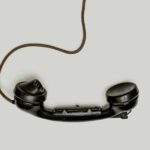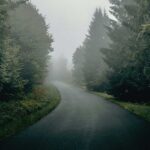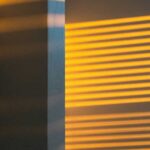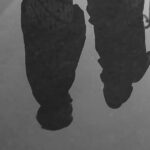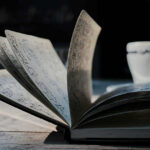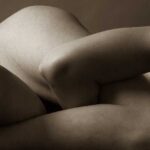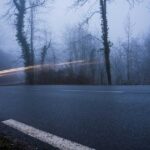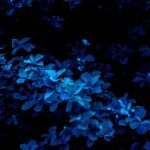A CURIOUS LENS
★ ★ ★ ★

By Ariel Calver
Lovers. A man gazes fondly at a young woman as he brushes the hair behind her ear.
Impoverished man. A man dressed as a costumed character in Times Square shivers in sub-zero temperatures.
Turkish shoe shiner. An older man rests on cobblestone streets with an outstretched hand and a weary expression on his face.
These are the moments that I love to capture. Photography has strengthened my awareness of my surroundings and honed my keen eye for observation. It allows me to be spontaneous. As I walk home through Kensington Gardens park one winter evening at dusk, I notice how the brilliant white of seagulls’ wings contrasts with the deep murkiness of the pond beneath. I drop my bag beside me and pull my camera strap over my neck. I play with the aperture, shutter speed and ISO. Everything is fair game. With my camera, I am in control.
I have always had a keen eye for detail and come from an artistic family. I began experimenting with photography at the age of two, when I took my first photograph with the camera from my grandfather, who is an avid photographer. As a child, I owned both disposable cameras and Polaroid cameras which I frequently used to document family holidays. When I was 11 years old, I received my first digital camera. Then, after having saved up money from various jobs, when I was 13, I purchased my first proper digital camera, a Canon EOS 1100D, and my passion for photography took off.
Within photography, I have experimented with a variety of mediums, including: mobile phones, polaroid cameras, old-school SLR cameras and various digital cameras. A few years ago, I was introduced to “iPhoneography,” the art of taking and editing pictures with an iPhone, and discovered a veritable sense of freedom that accompanies it. No matter where I am, I can capture a story or message instantaneously. Then, using editing applications like Snapseed, I can experiment with photographs, playing with attributes like contrast and hue. Using an iPhone also allows me to delete images that I am not satisfied with and then retake them. Unfortunately, iPhones can only capture so much detail. When enlarged on a computer, images can appear pixelated.

While I enjoy having the ability to easily manipulate images on the iPhone, there is something quite magical about taking a picture and knowing that, that’s it. There is no going back. Once I have pressed the shutter release button, all I can do is wait and anticipate a successful end result once the images are developed. With both polaroid and non-digital SLR cameras, I experience this exciting yet simultaneously frustrating process. Polaroid cameras, in particular, carry the instant satisfaction of being able print an image immediately. Polaroid and non-digital SLR cameras also enable me to capture a moment in time, as opposed to a moment that has been retaken three times so that it can be deemed “perfect”.
Photography has challenged my patience and fostered my perseverance. I find myself sitting on benches, glued to the same spot for an hour trying to hold my hands steady, only to just miss the perfect shot as I blink. My patience is tested to its true limits with black and white photography as I use great accuracy to carefully load the film onto the developing reel. The film cannot be exposed before it is developed, otherwise it is all over. The only sense I have to guide me is touch as I load the film into a sealed changing bag. The fear looms over me that light has surreptitiously seeped through the camera. I must be extremely organized throughout the entire process as I move onto the processing stage where each step is timed down to the second.
Of each medium I have used thus far, I enjoy utilizing the digital camera the most. Like the iPhone, with a digital camera, I can instantly see an image and evaluate the artistic choices that I have made. Was my decision to exclude a person or object from the photo the correct one? What message am I trying to convey? The digital camera also enables me to capture much more detail than I would with a phone. With the digital camera, I have time to digest my surroundings and think about how I am going to edit an image as opposed to selecting a filter and immediately altering it.
I believe that, in a nutshell, photography is one vast decision-making process. From deciding which device to take a photograph with to choosing what to include in a frame to editing the images and displaying them, being a photographer is about learning how to make choices.
Even when my finger is not on the shutter release button, I am able to hone my photographic skills. I have learned about the significance of composition, the effect of juxtaposing photos and even the importance of where the light falls in relation to the photos as they hang upon the wall.
As someone who has always been fascinated by people—like the lovers, the shoe shiner, and the immigrant—photography has enabled me to weave these captivating strangers into my life and hold onto their stories forever.
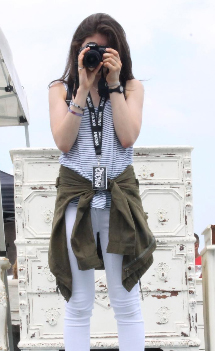
Born and based in London, England, Ariel Calver has traveled widely, including Europe, the USA and the Far East, exploring and learning from other cultures through her lens. Her work has been published as photo essays in the online magazine, Epiphany, issues, 18,20 and 23. She was also published in the 2015 issue of Oracle, an online fine arts and literary magazine. Her photo will also feature on the cover of the upcoming memoir, The Memoir of a Rebel: A Woman Before the Woman’s Movement by Marguerite Bouvard. Ariel has begun to show her work and has had two exhibits, in August 2014 and August 2015, at the Sherborn Library in Sherborn, MA, USA, as part of its ongoing series of art exhibits. She will be having an upcoming exhibit at the Dover Library in Dover, MA USA in 2016. Over the summer, she has been a freelance photography intern for Crossing Travel (formerly StyleDabba) an online lifestyle magazine. www.arielcalver.com


